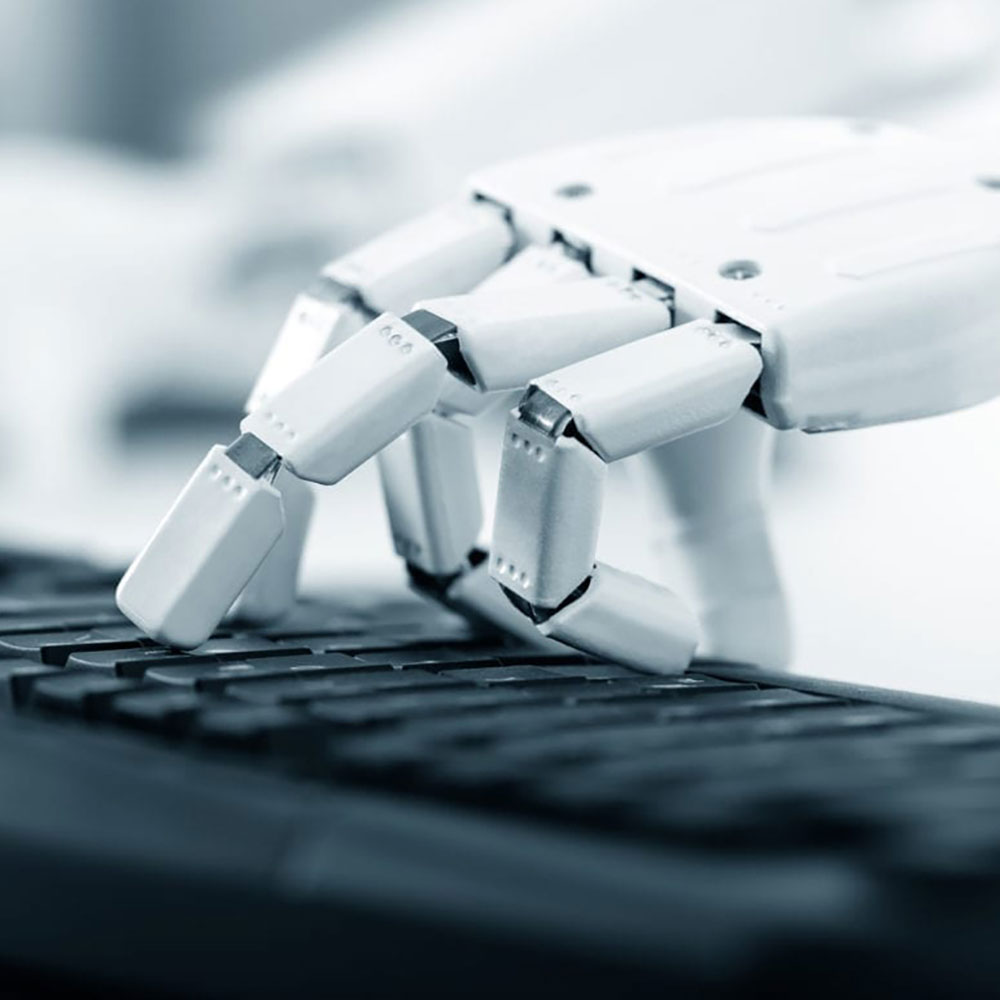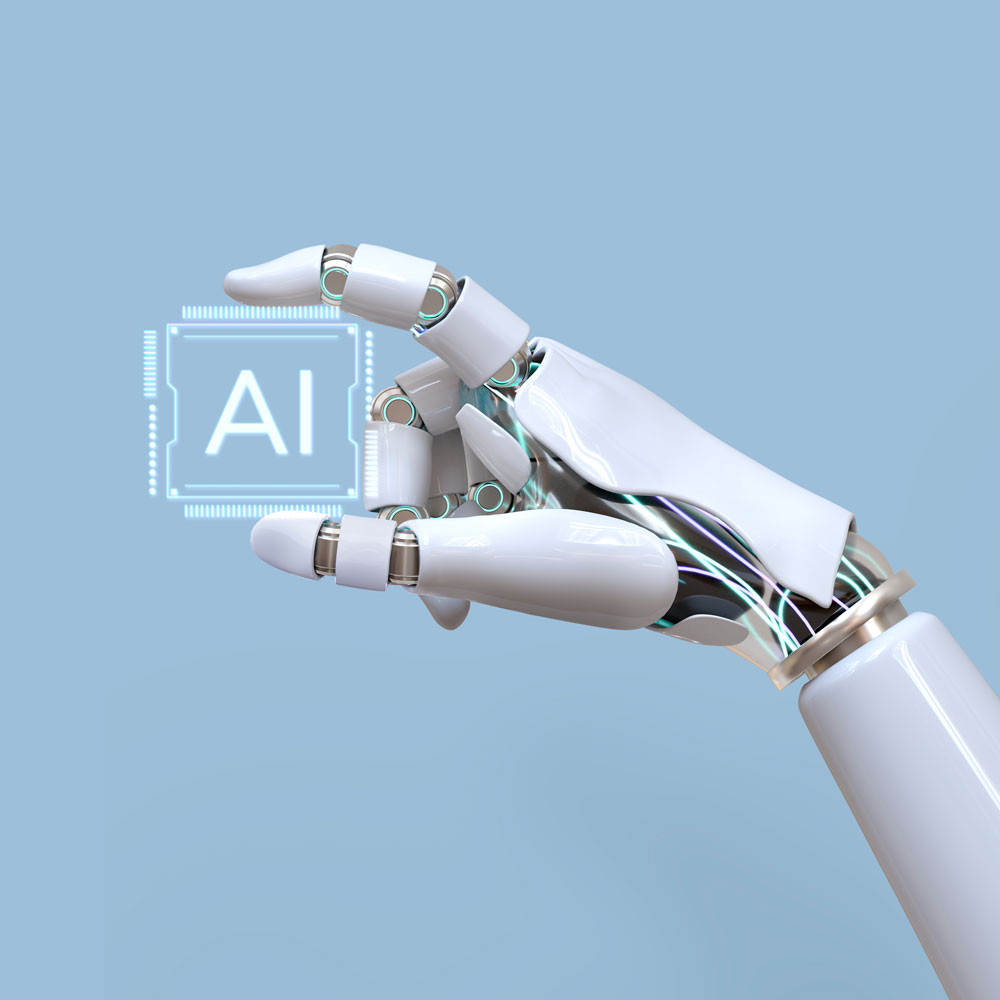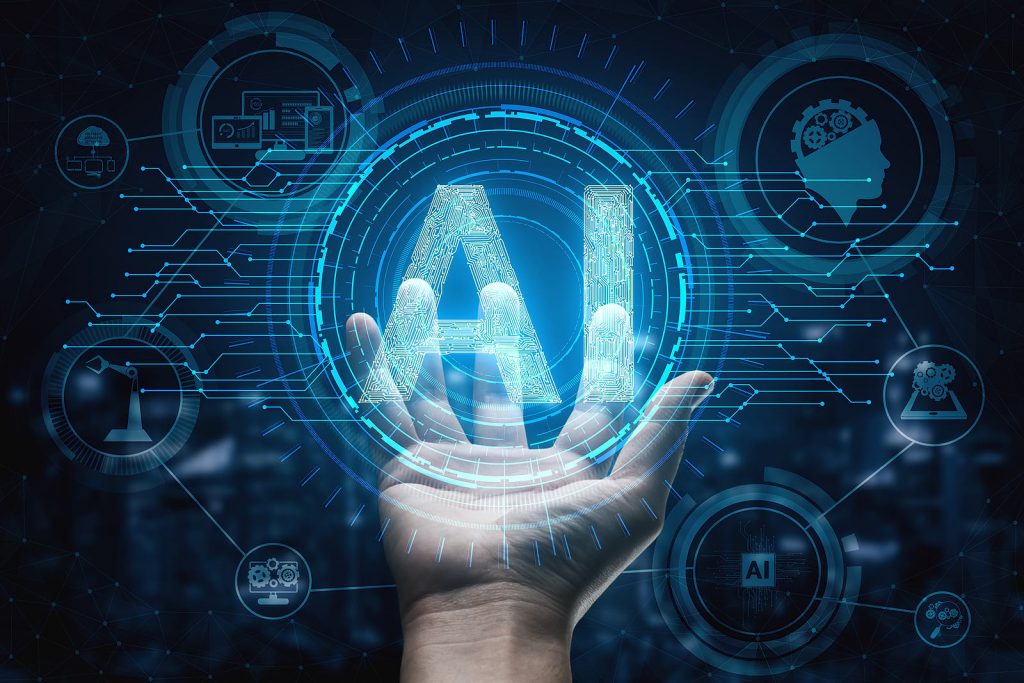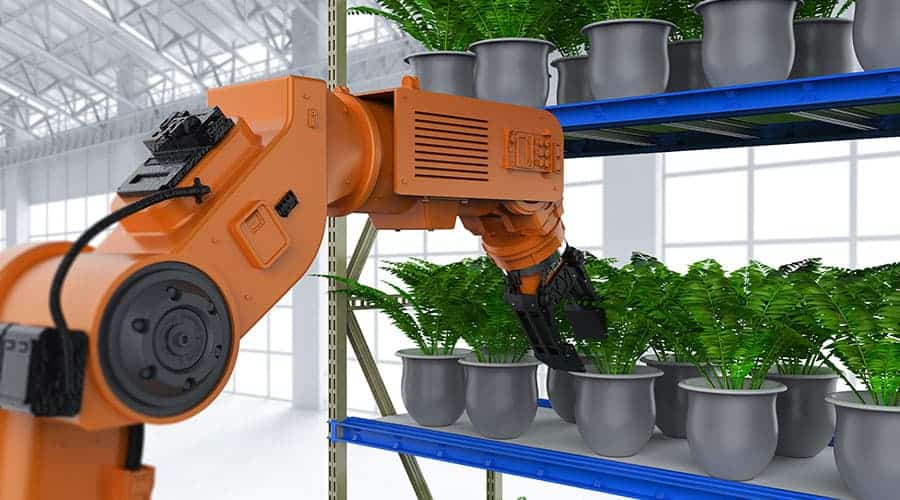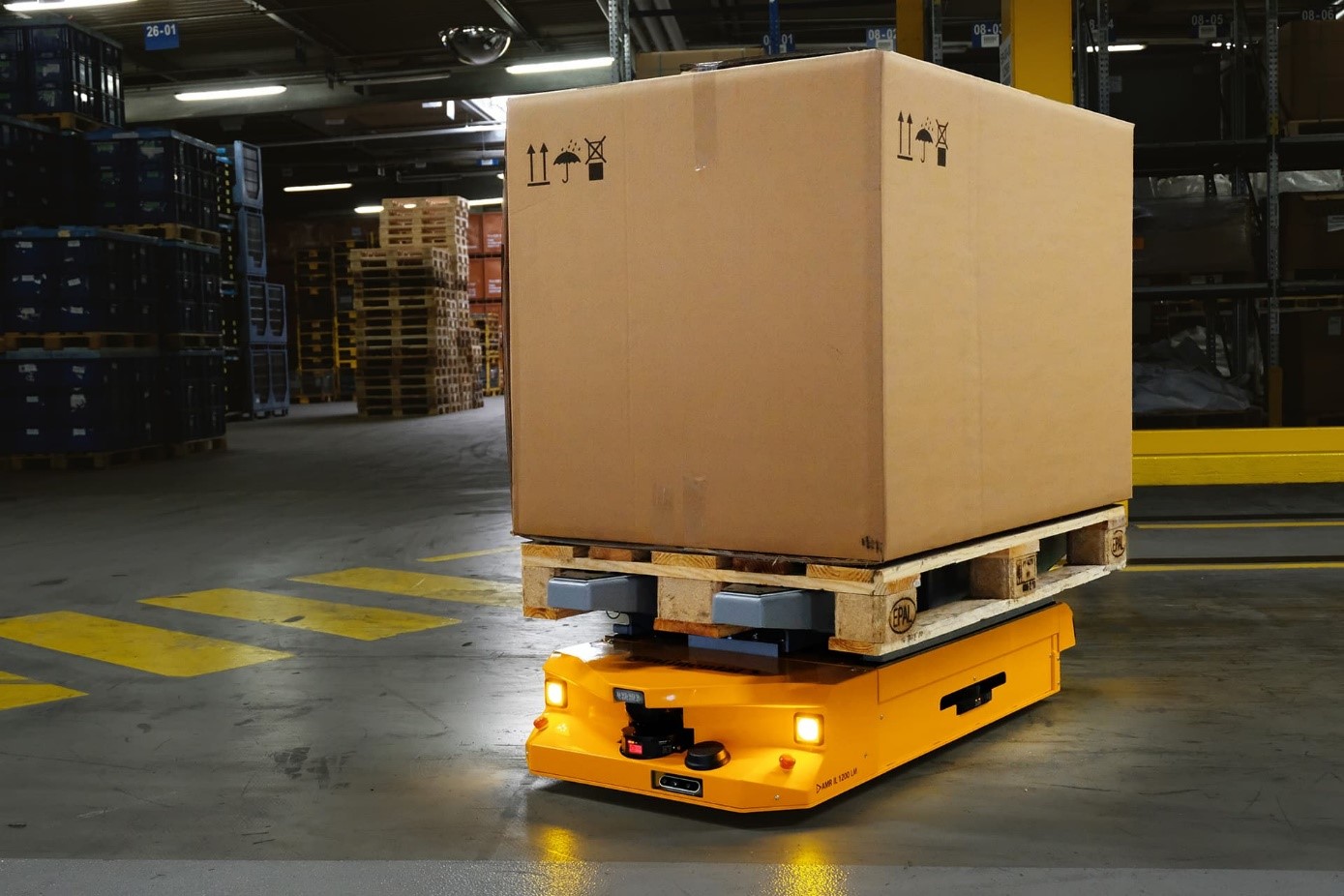The progress in artificial intelligence (AI) has had a significant impact on the development of robotics, particularly in the field of self-driving mobile robots. With enhanced sensing and perception, decision-making, and interaction with humans, self-driving mobile robots are becoming increasingly efficient, safe, and useful for various applications. The integration of AI in robotics has opened up new possibilities for industries such as healthcare, retail, security, transportation, waste management, sports, agriculture, construction, entertainment, and environmental monitoring. The use of self-driving mobile robots equipped with AI algorithms can provide unique and innovative ways to improve the efficiency and safety of various applications, as well as improve the overall quality of life. As the technology continues to improve, we can expect to see even more innovative uses of robots in various fields.
AI progress on robotics and self-driving mobile robots is opening up new applications that
were not possible before. Here are a few examples:
Healthcare:
AI-powered robotics and self-driving mobile robots are making significant inroads into the healthcare industry, with a wide range of potential applications. Here are some examples of how robots are being used in healthcare:
- Patient Monitoring: Robots equipped with AI algorithms can monitor patients’ vital signs, detect early warning signs of health problems, and provide alerts to medical staff. This can help prevent medical emergencies and provide more timely and effective care.
- Medication Delivery: Robots can deliver medication to patients, reducing the risk of medication errors and freeing up nursing staff for other tasks.
- Physical Therapy: Robots equipped with AI algorithms can provide physical therapy and rehabilitation services to patients with mobility issues, helping them regain strength and function.
- Surgical Assistance: Robots can be used in surgical settings to provide precision and accuracy that surpasses human capabilities, allowing for more complex and difficult procedures.
- Telemedicine: Robots equipped with cameras and screens can be used for telemedicine appointments, allowing patients to receive medical care from remote locations.
- Disinfection: Robots equipped with UV-C light can be used to disinfect hospital rooms and other areas, reducing the spread of infectious diseases.
- Elder Care: Robots can be used to assist with elderly care, providing companionship and assistance with daily activities.
Overall, the use of AI-powered robotics and self-driving mobile robots in healthcare can improve efficiency, reduce costs, and improve patient outcomes. As technology continues to advance, we can expect to see even more innovative applications of robots in healthcare settings.
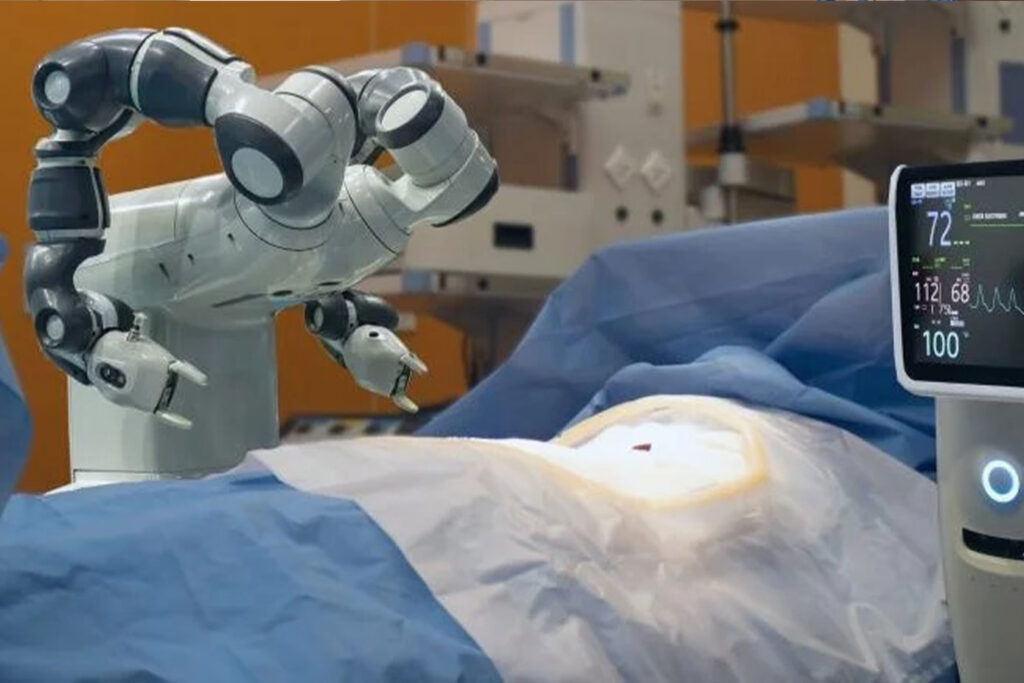
Retail:
The retail industry is another sector where self-driving mobile robots equipped with AI algorithms are finding increasing use. Here are some examples of how robots are being used in retail:
- Inventory Management: Robots can scan store shelves and track inventory levels, providing real-time information on stock levels. This can help retailers optimize their supply chain and reduce waste.
- Restocking: Self-driving mobile robots equipped with AI algorithms can restock store shelves, freeing up staff for other tasks and ensuring that items are available for customers to purchase.
- Customer Assistance: Robots can be used to answer customer questions, provide information about products, and guide customers to specific locations in the store.
- Cleaning: Robots equipped with AI algorithms can clean floors and other areas of the store, reducing the need for manual labor and improving store cleanliness.
- Security: Robots can be used for security tasks such as monitoring for theft and identifying potential security threats.
- Checkout: Self-driving mobile robots equipped with AI algorithms can be used to perform tasks such as scanning items and processing payments, reducing lines and wait times for customers.
By using robots to perform tasks such as restocking, customer assistance, and checkout, retailers can improve efficiency and reduce labor costs. Additionally, the use of robots can help create a more engaging and interactive shopping experience for customers. As the technology continues to improve, we can expect to see even more innovative uses of self-driving mobile robots in the retail industry.
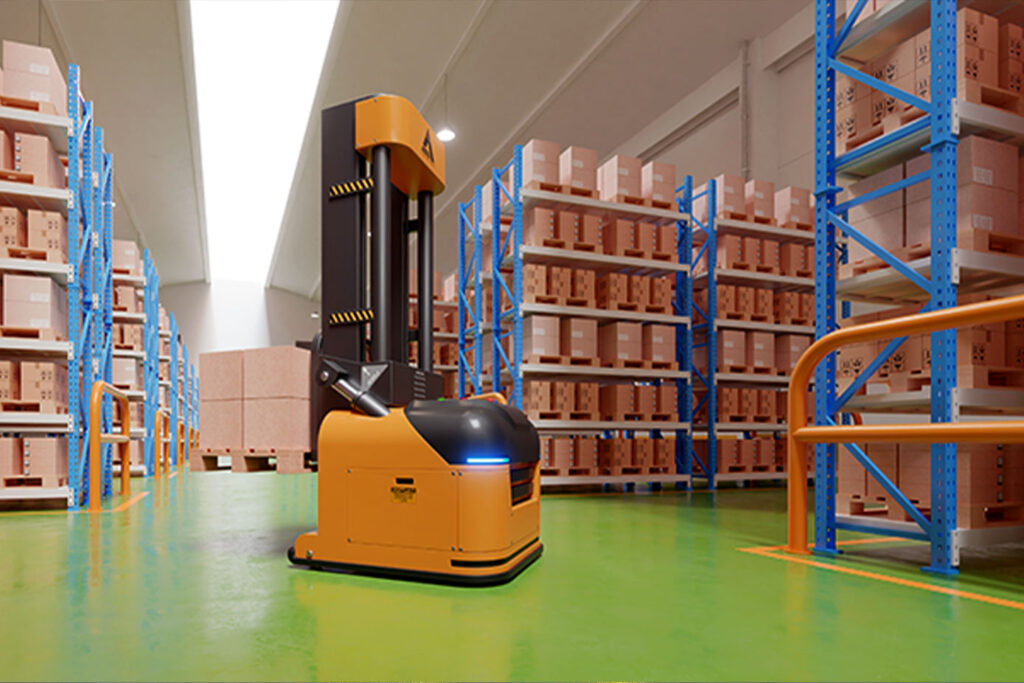
Security:
Self-driving mobile robots equipped with AI algorithms are increasingly being used for security applications in a variety of settings. Here are some examples of how robots are being used for security:
- Surveillance: Robots can be equipped with cameras and other sensors to monitor areas and provide real-time information to security personnel. This can help to identify potential security threats and prevent security breaches.
- Patrol: Self-driving mobile robots can patrol areas, detecting and deterring potential security threats. They can also be used to escort people or items across secure areas, reducing the need for human intervention.
- Access Control: Robots can be used to verify the identity of people entering secure areas, using technologies such as facial recognition and biometric scanning. This can help to prevent unauthorized access and improve overall security.
- Inspection: Robots can be used to inspect and search areas, such as cargo containers or other restricted spaces, in order to identify potential security threats.
- Response: Robots can be deployed in emergency situations, providing situational awareness to first responders and helping to secure areas that may be unsafe for human personnel.
Overall, the use of self-driving mobile robots equipped with AI algorithms for security purposes can improve safety, efficiency, and overall security. As the technology continues to improve, we can expect to see even more innovative uses of robots in security applications.
Transportation:
Self-driving mobile robots equipped with AI algorithms are also finding increasing use in the transportation industry. Here are some examples of how robots are being used for transportation:
- Cargo Delivery: Self-driving mobile robots can be used to deliver packages, mail, and other cargo to their intended destinations. This can help to reduce delivery times, cut costs, and improve efficiency.
- Autonomous Vehicles: Self-driving cars and trucks equipped with AI algorithms can be used to transport people and goods, reducing the need for human drivers and improving safety on the road.
- Public Transportation: Self-driving buses and trains can be used to transport passengers in urban areas, reducing the need for human drivers and improving the efficiency of public transportation systems.
- Maintenance: Robots can be used to inspect and maintain transportation infrastructure such as roads, bridges, and tunnels, helping to ensure the safety and reliability of these systems.
- Airport Operations: Self-driving mobile robots can be used to transport baggage, clean airports, and provide information to passengers, reducing the need for human personnel and improving efficiency.
Overall, the use of self-driving mobile robots equipped with AI algorithms in transportation can improve safety, efficiency, and reliability. As the technology continues to improve, we can expect to see even more innovative uses of robots in transportation applications.
Sports:
Self-driving mobile robots equipped with AI algorithms are also finding use in the sports industry. Here are some examples of how robots are being used for sports:
- Training: Robots can be used to simulate game-like situations in training, allowing athletes to practice and improve their skills in a safe and controlled environment.
- Performance Analysis: Robots can be used to analyze player performance, gathering data such as speed, agility, and reaction time, which can help coaches to identify areas for improvement.
- Equipment Transport: Self-driving mobile robots can be used to transport equipment, such as balls, cones, and training aids, to and from practice or game locations, reducing the need for human labor.
- Stadium Maintenance: Robots can be used to maintain stadiums and playing fields, performing tasks such as mowing grass and removing debris, improving the overall quality of playing surfaces.
- Fan Interaction: Robots can be used to interact with fans, providing entertainment and information, as well as performing tasks such as delivering food and beverages.
Overall, the use of self-driving mobile robots equipped with AI algorithms in sports can improve training and performance, reduce costs, and enhance the overall fan experience. As the technology continues to improve, we can expect to see even more innovative uses of robots in sports applications.
Waste management:
Self-driving mobile robots equipped with AI algorithms are also finding increasing use in the waste management industry. Here are some examples of how robots are being used for waste management:
- Collection: Self-driving mobile robots can be used to collect and transport waste to a central collection point, reducing the need for human labor and improving efficiency.
- Sorting: Robots can be used to sort and separate different types of waste, such as plastics, glass, and paper, allowing for more efficient recycling and reducing the amount of waste that ends up in landfills.
- Inspection: Robots can be used to inspect waste collection sites and identify potential issues, such as overfilled bins or contamination, improving the overall quality of waste management.
- Maintenance: Robots can be used to maintain waste management facilities, such as landfills and recycling centers, ensuring that they are operating efficiently and safely.
Overall, the use of self-driving mobile robots equipped with AI algorithms in waste management can improve efficiency, reduce costs, and improve the overall quality of waste management. As the technology continues to improve, we can expect to see even more innovative uses of robots in waste management applications.
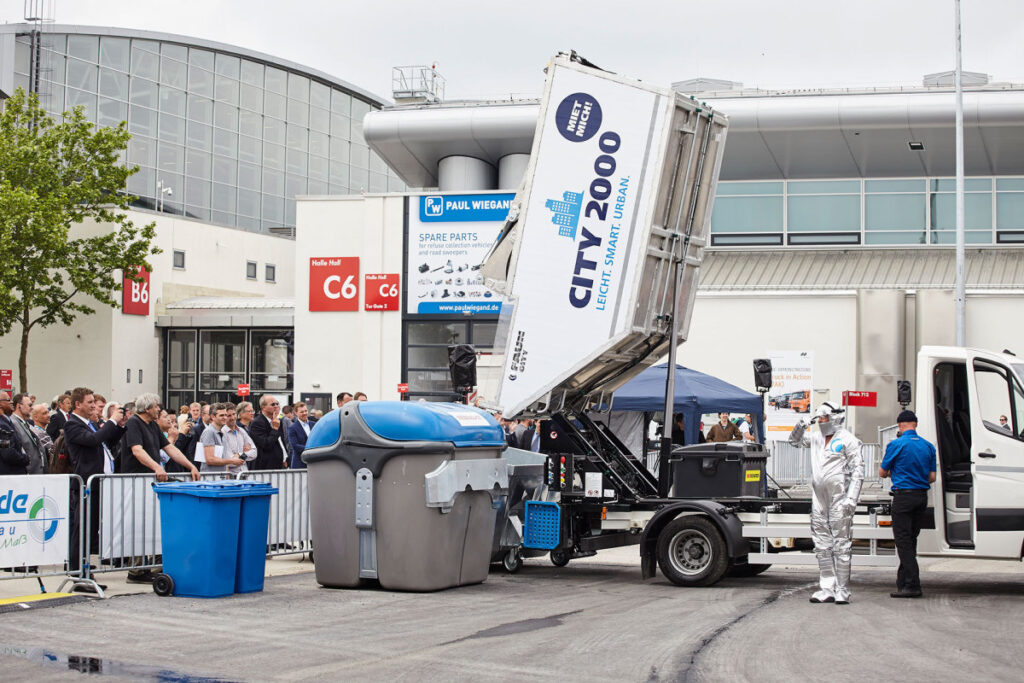
Agriculture:
Self-driving mobile robots equipped with AI algorithms are finding increasing use in the agriculture industry. Here are some examples of how robots are being used for agriculture:
- Crop Monitoring: Robots can be used to monitor crops, collecting data such as moisture levels, temperature, and growth rates, which can help farmers to optimize irrigation and fertilization schedules.
- Harvesting: Robots can be used to harvest crops, reducing the need for human labor and improving efficiency.
- Planting: Robots can be used to plant seeds, optimizing the spacing and depth of each seed, which can improve crop yields.
- Soil Analysis: Robots can be used to collect soil samples and analyze the nutrient content of the soil, helping farmers to identify areas that may require additional fertilization.
- Livestock Management: Robots can be used to monitor and manage livestock, collecting data such as weight, temperature, and activity levels, which can help farmers to identify and address health issues.
Overall, the use of self-driving mobile robots equipped with AI algorithms in agriculture can improve efficiency, reduce costs, and enhance crop yields. As the technology continues to improve, we can expect to see even more innovative uses of robots in agriculture applications.

Construction:
Self-driving mobile robots equipped with AI algorithms are also finding increasing use in the construction industry. Here are some examples of how robots are being used for construction:
- Site Surveying: Robots can be used to survey construction sites, collecting data such as topography and site features, which can help to inform the design and planning of construction projects.
- Material Transport: Self-driving mobile robots can be used to transport building materials, reducing the need for human labor and improving efficiency.
- Demolition: Robots can be used for demolition tasks such as breaking down walls and removing debris, reducing the risk of injury to human workers.
- Inspection: Robots can be used to inspect construction sites, identifying potential issues such as structural weaknesses and safety hazards.
- Bricklaying: Robots can be used to lay bricks, which can improve the speed and accuracy of construction projects.
Overall, the use of self-driving mobile robots equipped with AI algorithms in construction can improve efficiency, reduce costs, and improve safety. As the technology continues to improve, we can expect to see even more innovative uses of robots in construction applications.
Entertainment:
AI-powered robots can be used for a variety of entertainment purposes, such as interactive exhibits or theme park attractions. Robots can use AI algorithms to detect and respond to user input, creating a more engaging and personalized experience for visitors.
Self-driving mobile robots equipped with AI algorithms are also finding increasing use in the entertainment industry. Here are some examples of how robots are being used for entertainment:
- Theme Parks: Robots can be used in theme parks for attractions, such as robotic dinosaurs or animatronics characters, providing an interactive and immersive experience for visitors.
- Event Hosting: Robots can be used for hosting events such as conferences, exhibitions and product launch events, providing an innovative way to greet and entertain guests.
- Concerts and Festivals: Robots can be used to enhance the concert and festival experience, providing entertainment in the form of dancing or performing alongside musicians.
- Movies and TV shows: Robots can be used for movie and TV production to act as characters or to take on more dangerous or challenging scenes, allowing for more realistic and safer depictions.
- Gaming: Robots can be used in gaming to provide a more immersive experience by interacting with the players in the real world.
Overall, the use of self-driving mobile robots equipped with AI algorithms in entertainment can provide a unique and interactive experience for visitors, enhancing the overall entertainment experience. As the technology continues to improve, we can expect to see even more innovative uses of robots in entertainment applications.
Education:
Robots equipped with AI algorithms can be used to assist with teaching and tutoring, providing personalized feedback and adapting to individual learning styles. This can help improve the effectiveness of education and reduce the workload of human teachers.
Self-driving mobile robots equipped with AI algorithms are finding increasing use in the education industry. Here are some examples of how robots are being used for education:
- Teaching Assistance: Robots can be used as teaching assistants to provide support to teachers, such as helping with classroom management, grading papers, and providing one-on-one support to students.
- Language Learning: Robots can be used for language learning, providing interactive and immersive language lessons to students.
- Special Needs Education: Robots can be used for special needs education, providing personalized support to students with disabilities, such as helping with physical therapy or communication difficulties.
- STEM Education: Robots can be used for STEM education, providing hands-on and interactive lessons to teach students about science, technology, engineering, and math.
- Library Assistance: Robots can be used in libraries, helping with book retrieval, shelf management, and providing assistance to students in finding books.
Overall, the use of self-driving mobile robots equipped with AI algorithms in education can provide unique and innovative ways to support students and teachers, improving the overall education experience. As the technology continues to improve, we can expect to see even more innovative uses of robots in education applications.
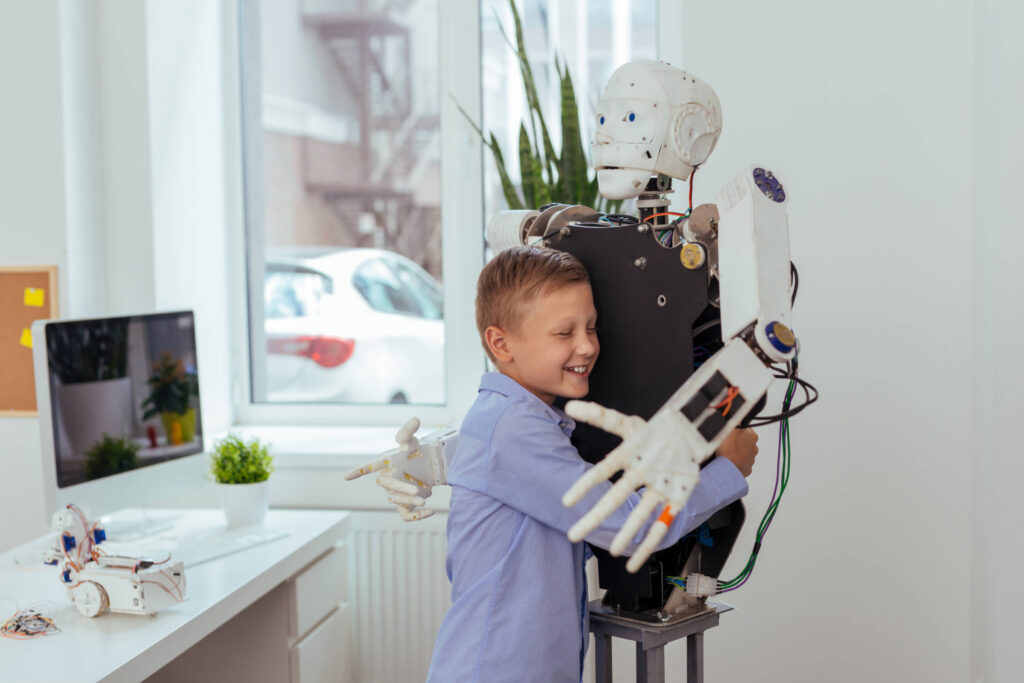
Environmental monitoring:
Self-driving mobile robots equipped with sensors and AI algorithms can be used to monitor and analyze environmental data such as air quality, water quality, and weather patterns. This can help scientists and policymakers make informed decisions about environmental policies and conservation efforts.
Self-driving mobile robots equipped with AI algorithms are also being used in environmental monitoring. Here are some examples of how robots are being used for environmental monitoring:
- Air Quality Monitoring: Robots can be used for air quality monitoring, collecting data on air pollutants and providing real-time information on air quality.
- Water Quality Monitoring: Robots can be used for water quality monitoring, collecting data on water quality parameters such as pH and dissolved oxygen levels.
- Hazardous Waste Management: Robots can be used for hazardous waste management, helping to identify and clean up hazardous materials in the environment.
- Wildlife Monitoring: Robots can be used for wildlife monitoring, providing real-time data on animal movements and behavior.
- Weather Monitoring: Robots can be used for weather monitoring, collecting data on weather patterns and providing real-time information on weather conditions.
Overall, the use of self-driving mobile robots equipped with AI algorithms in environmental monitoring can help to improve the accuracy and efficiency of data collection, which can inform decision-making and improve environmental management practices. As the technology continues to improve, we can expect to see even more innovative uses of robots in environmental monitoring applications.

